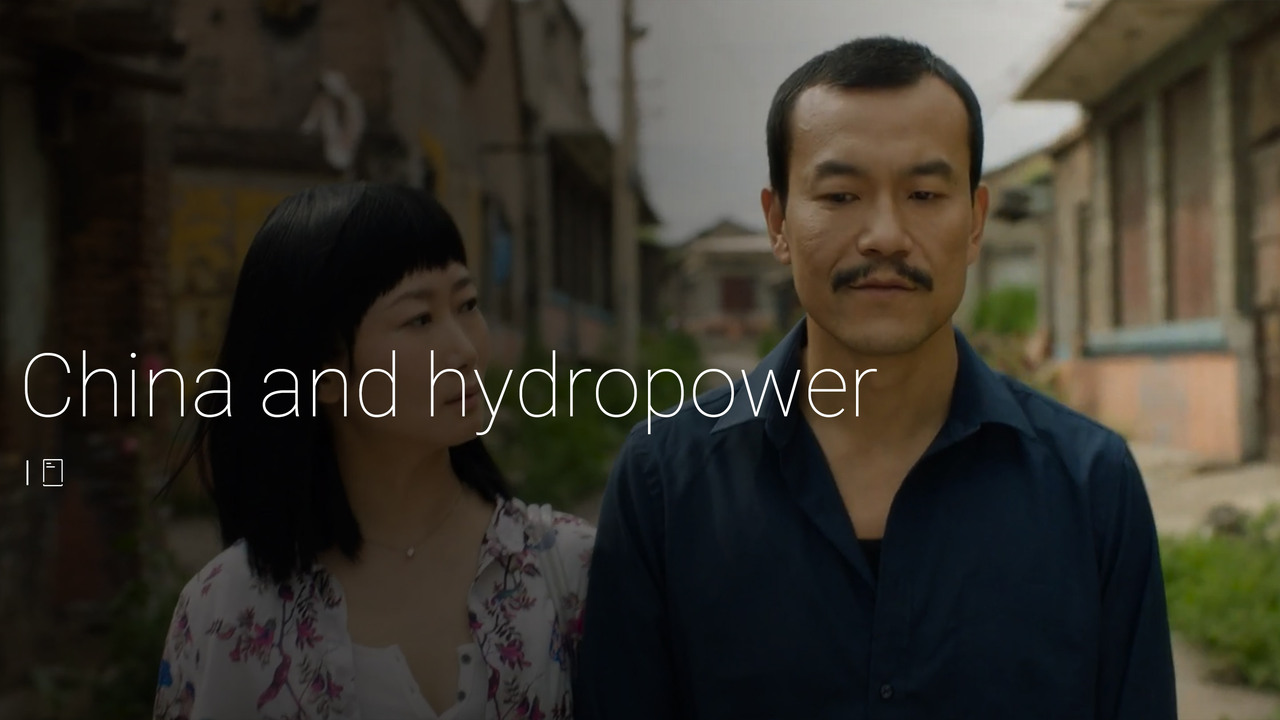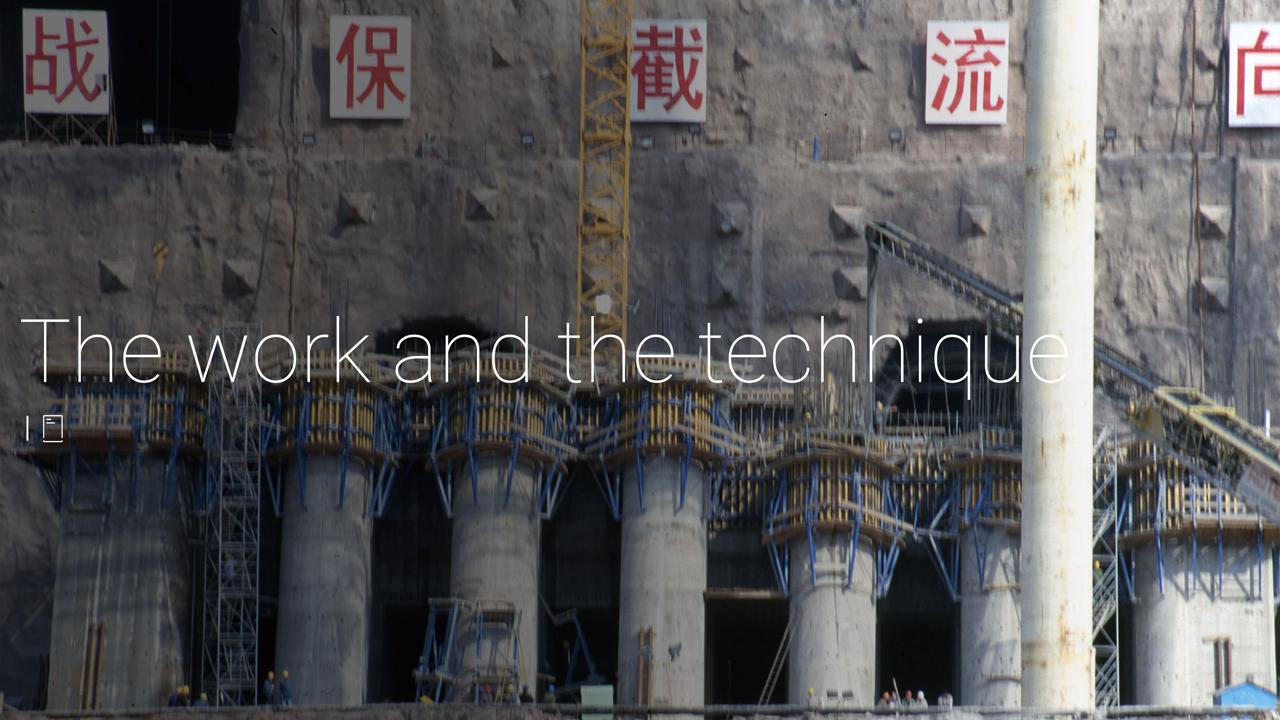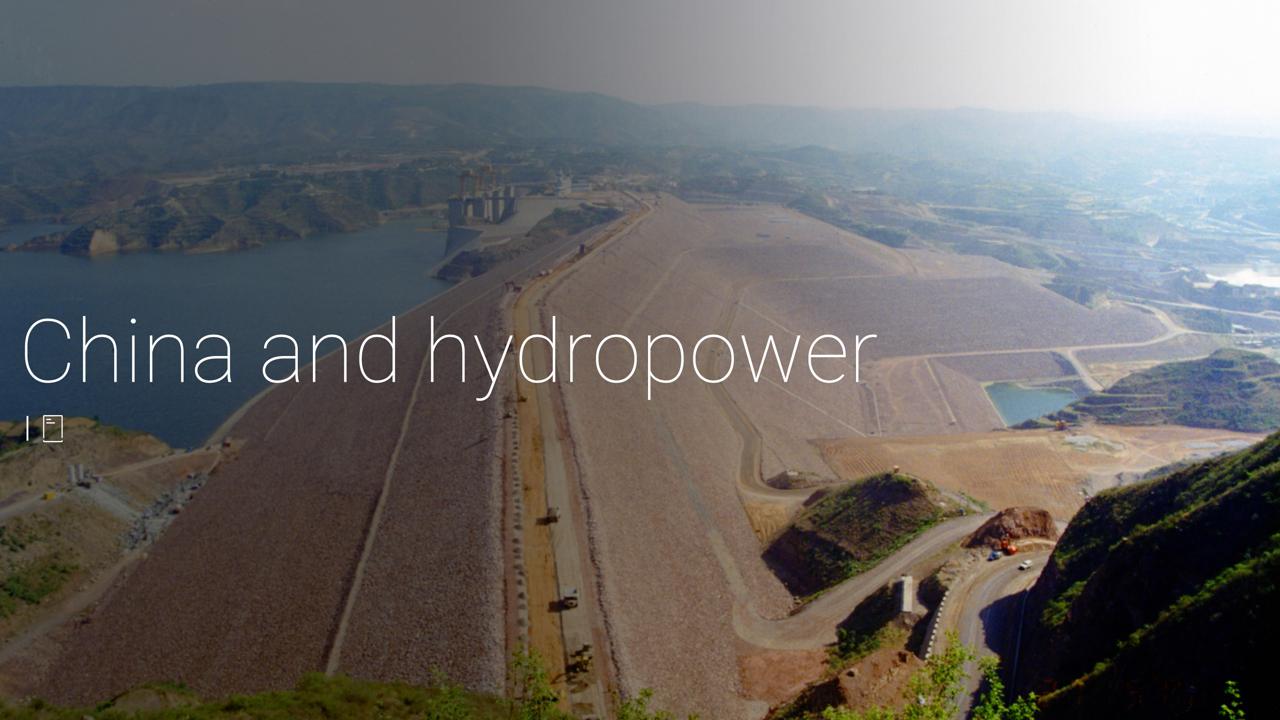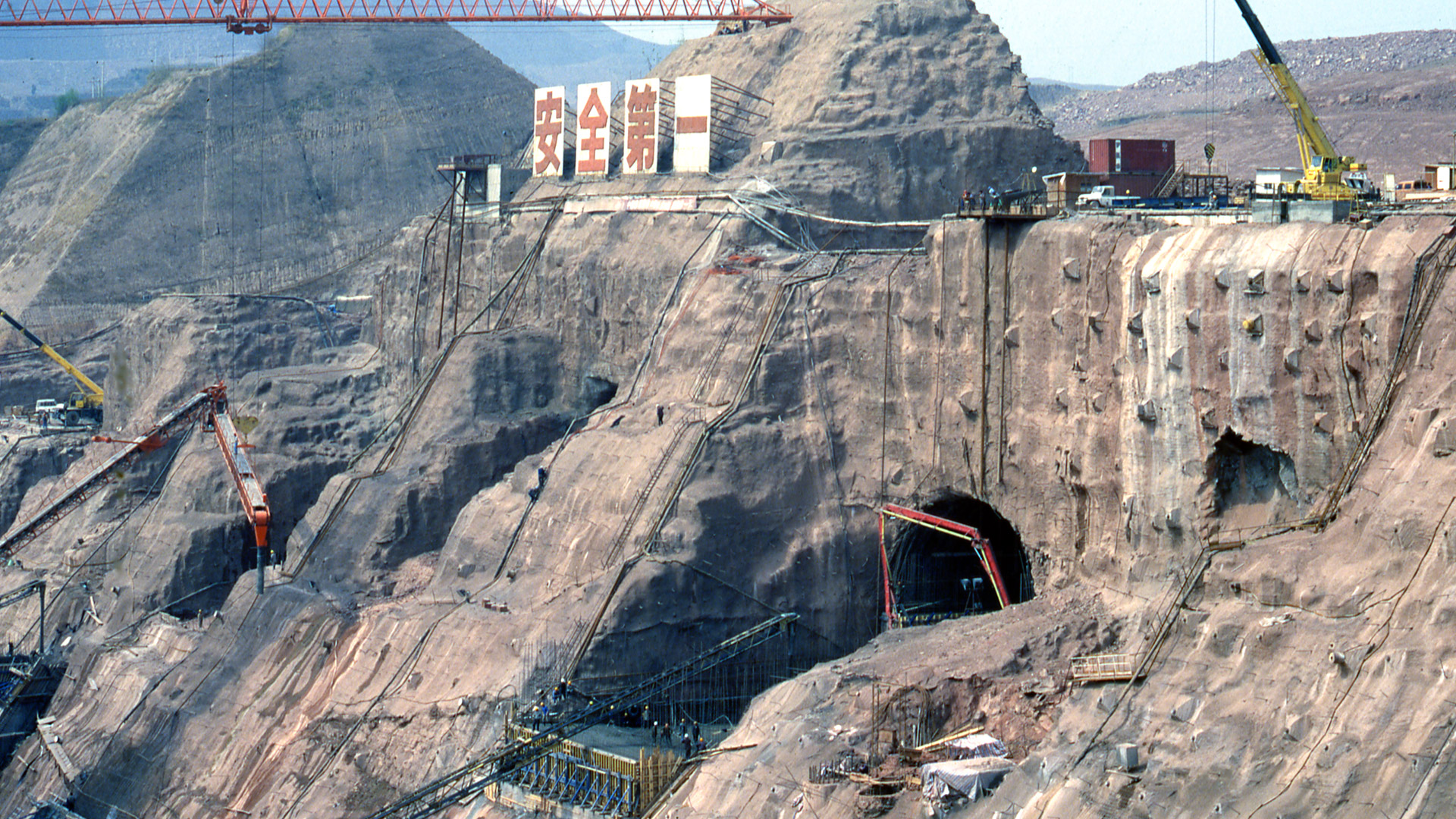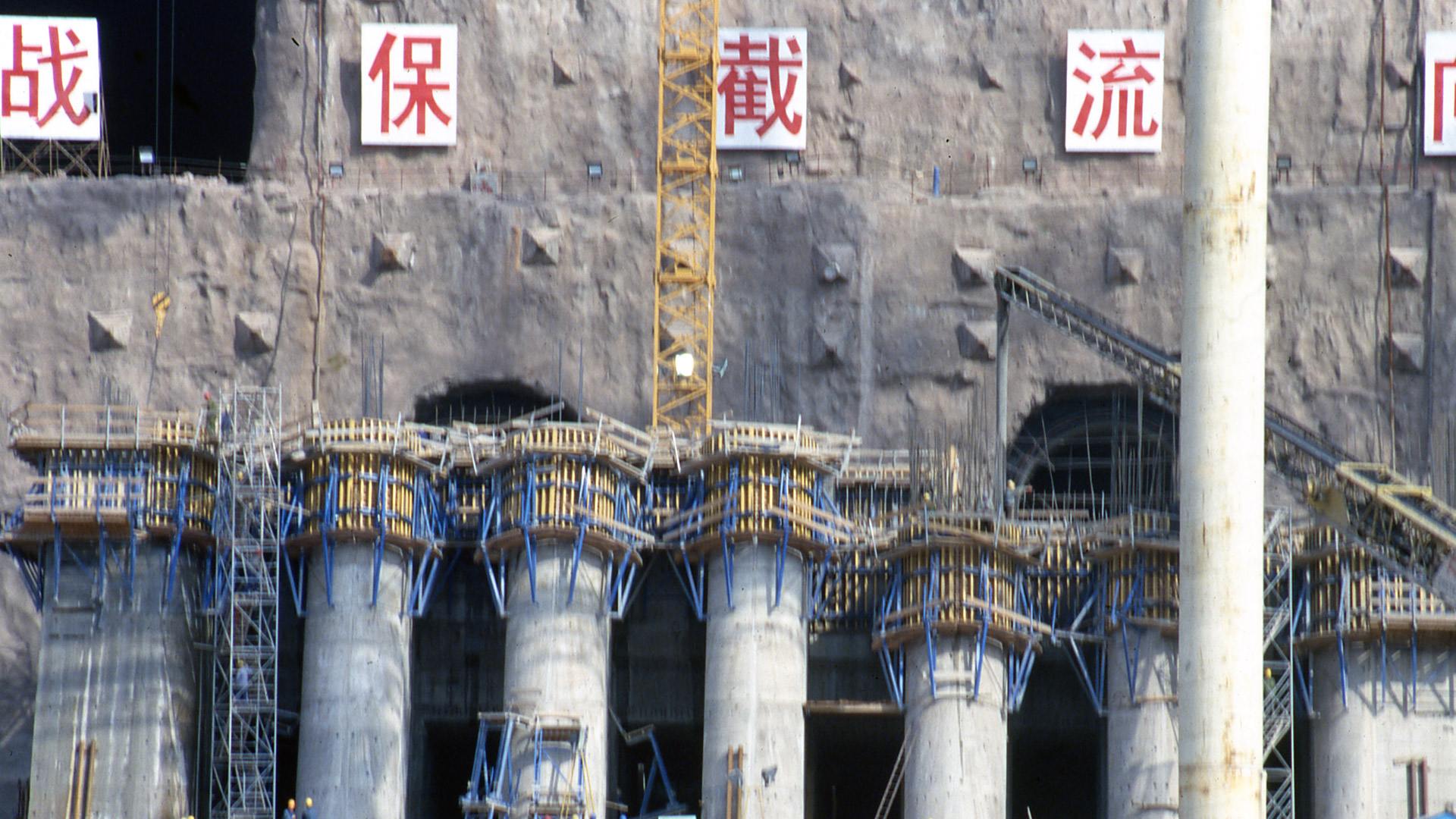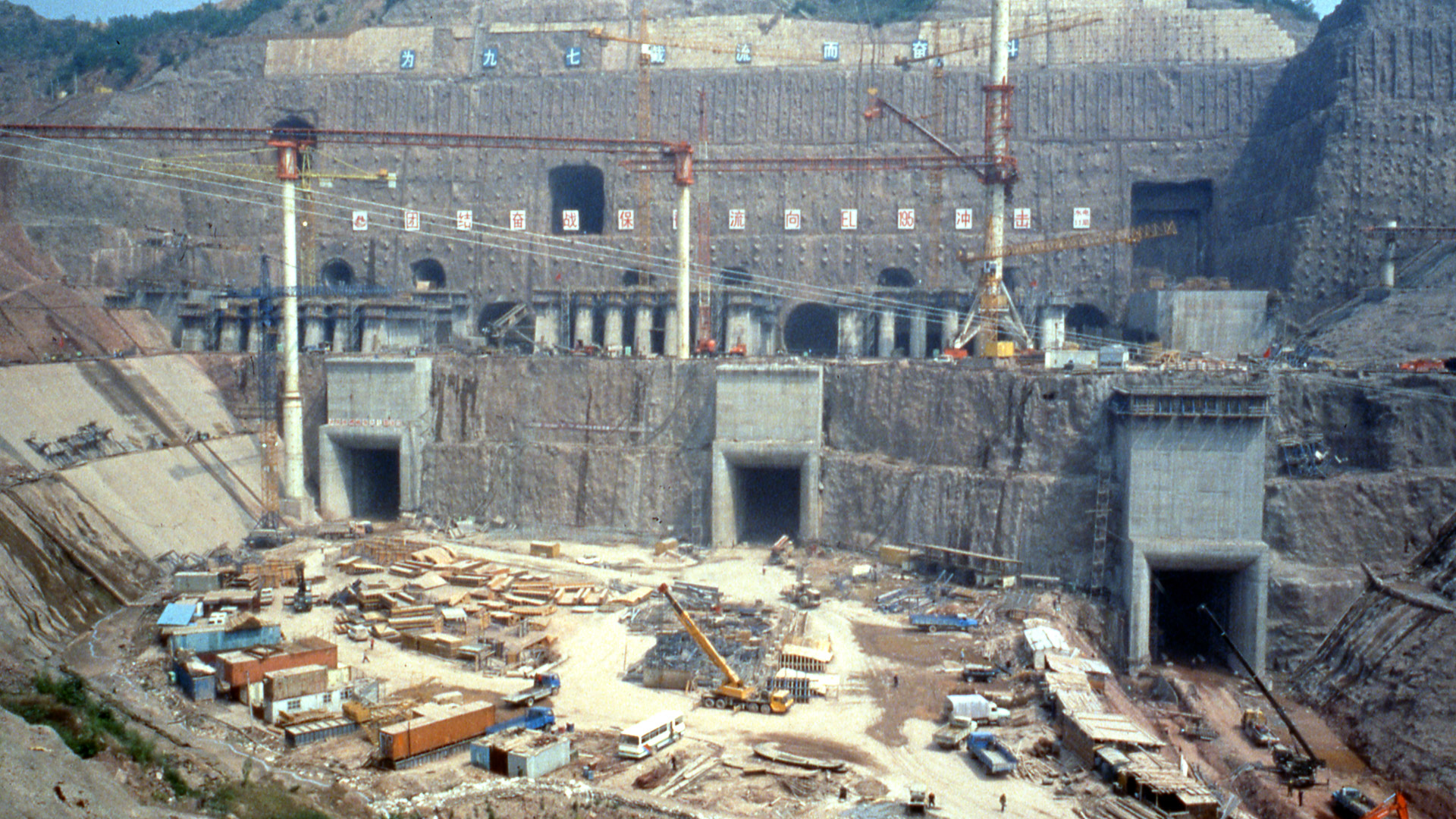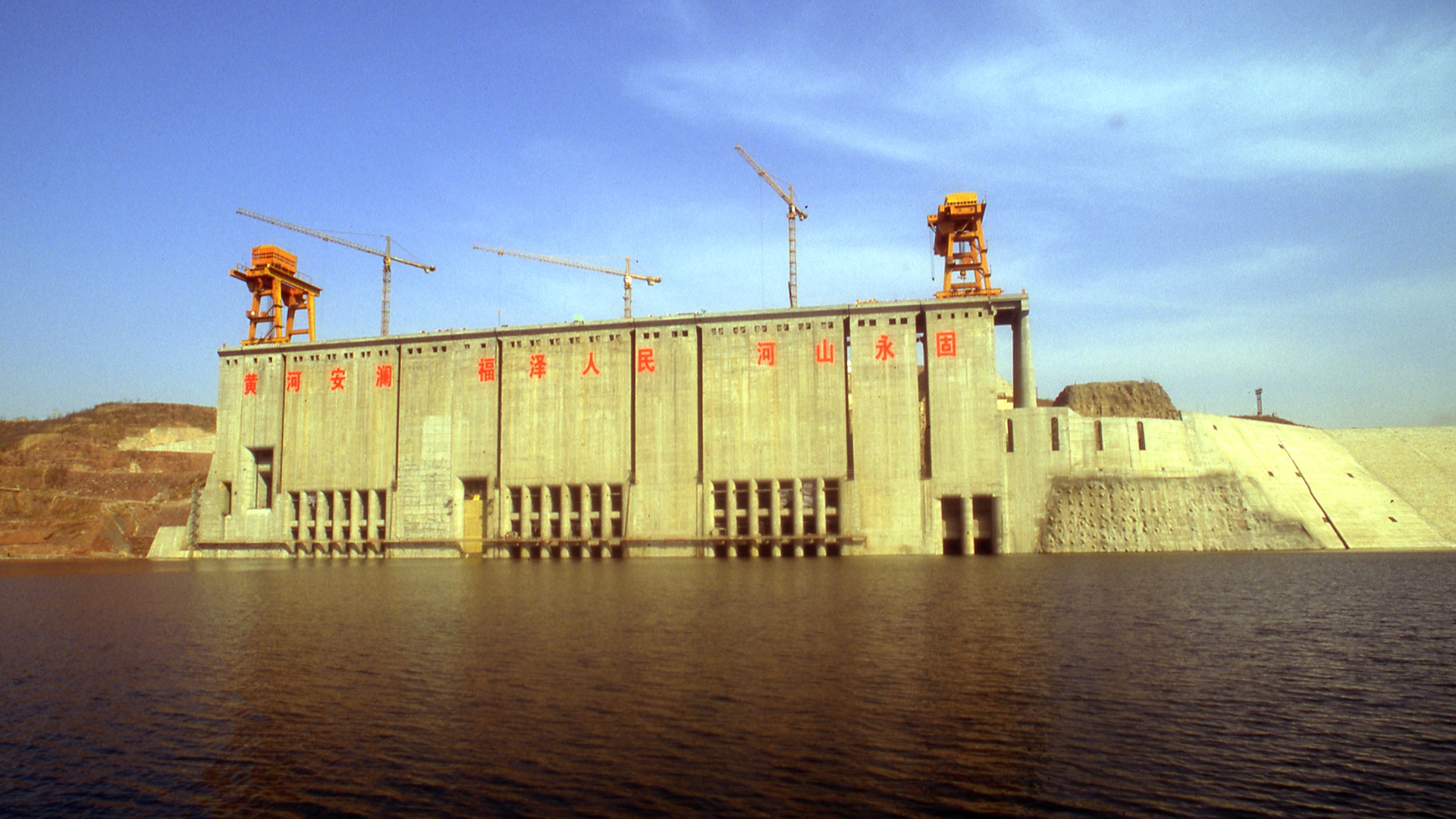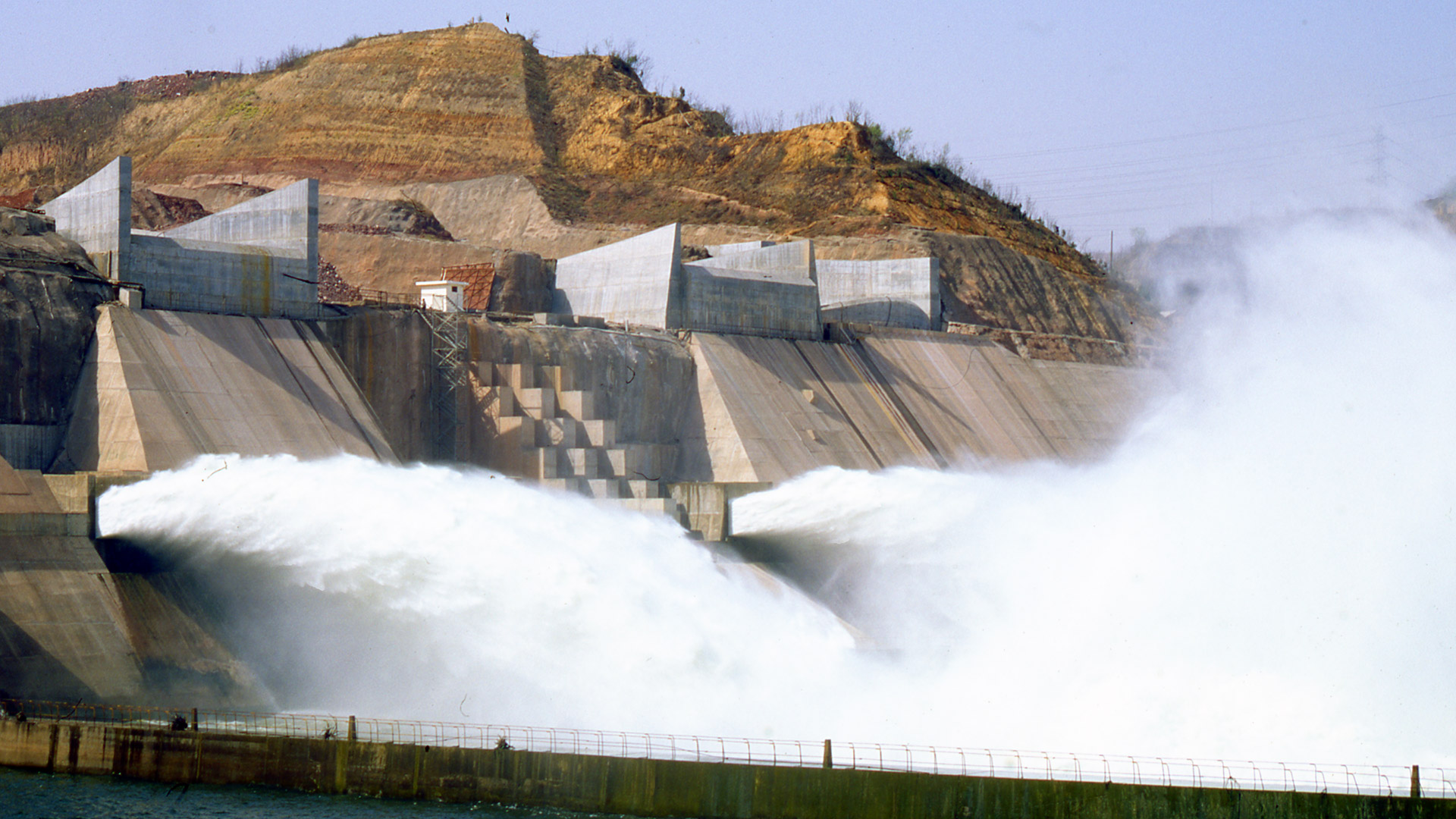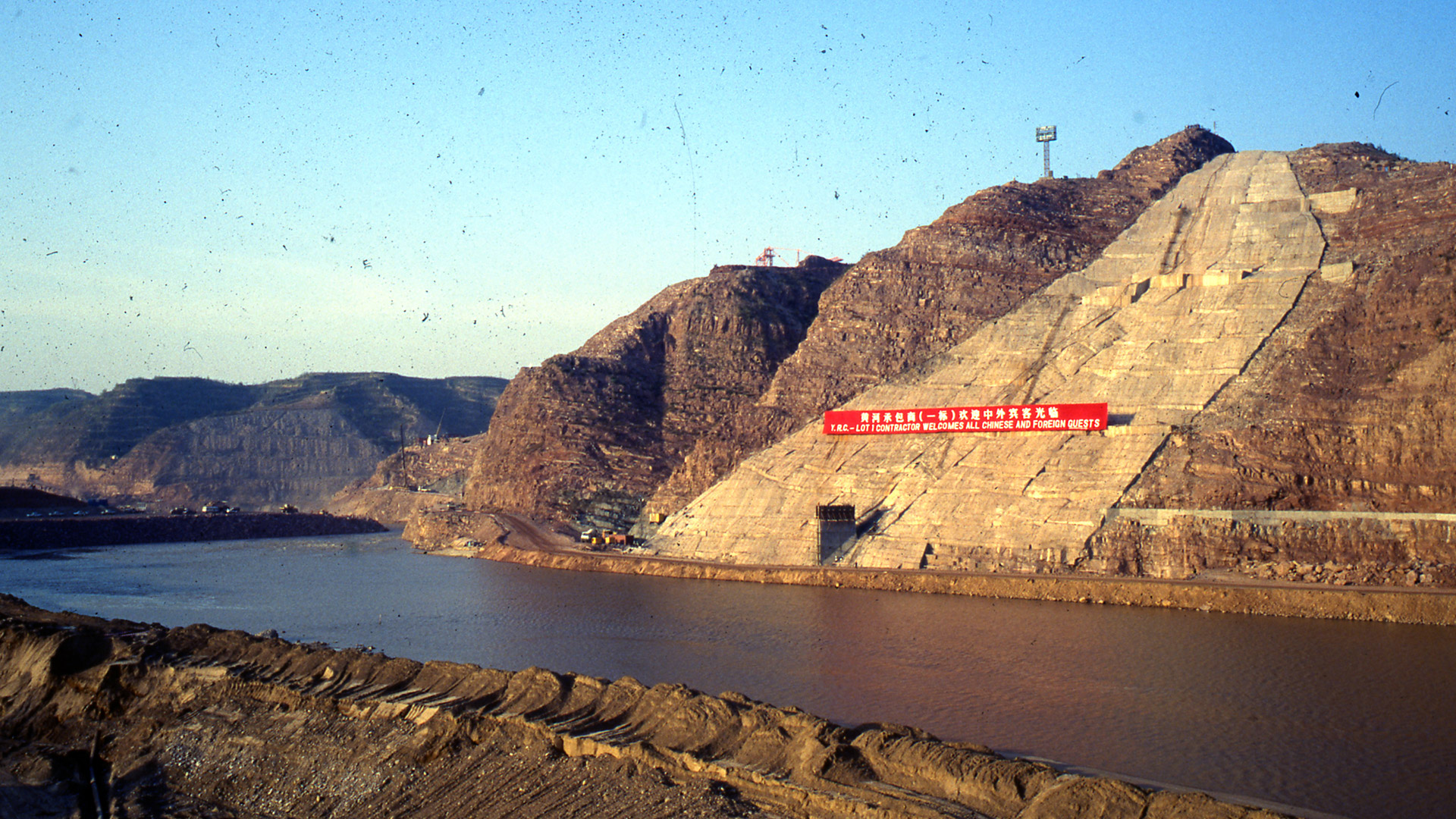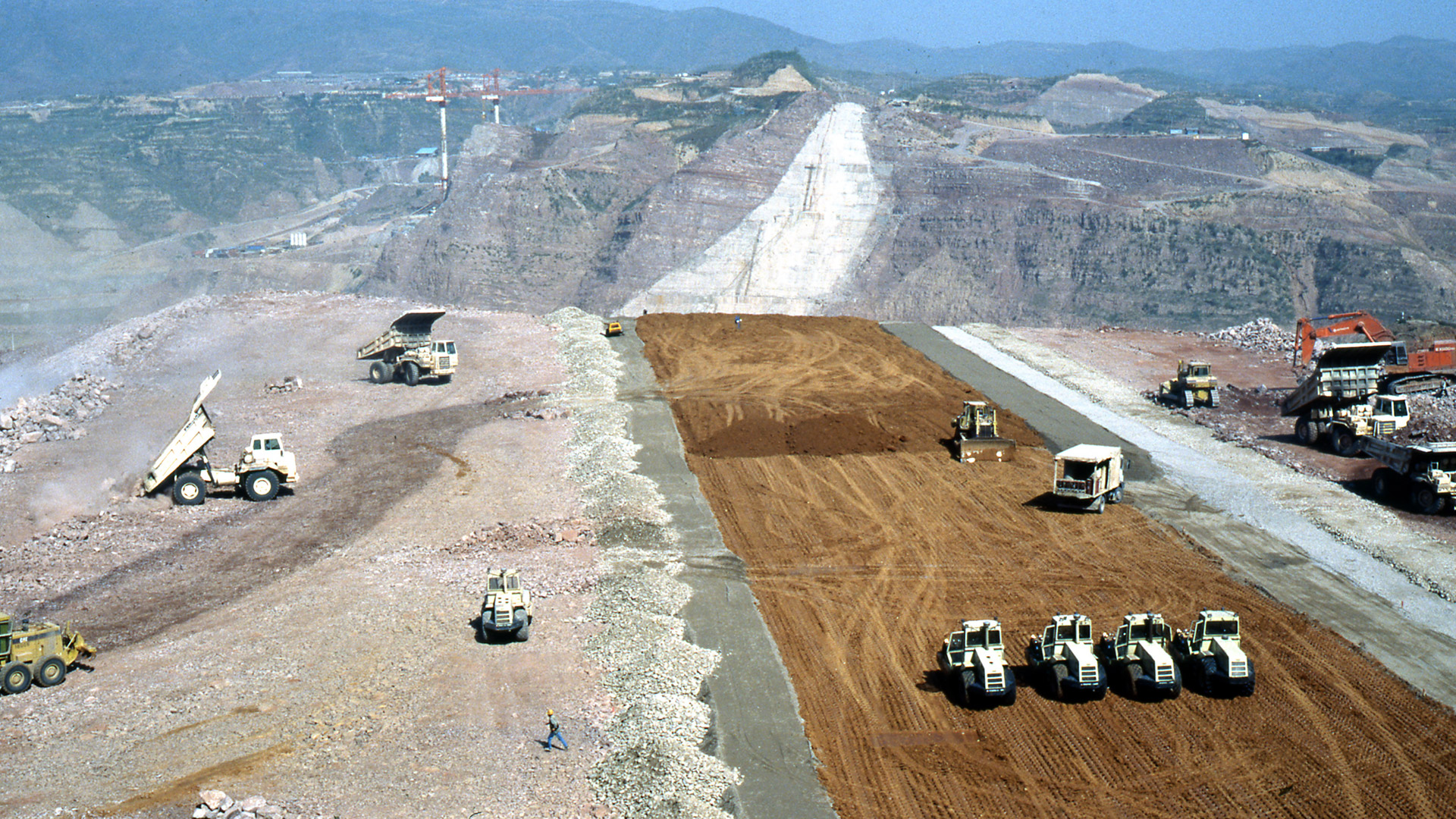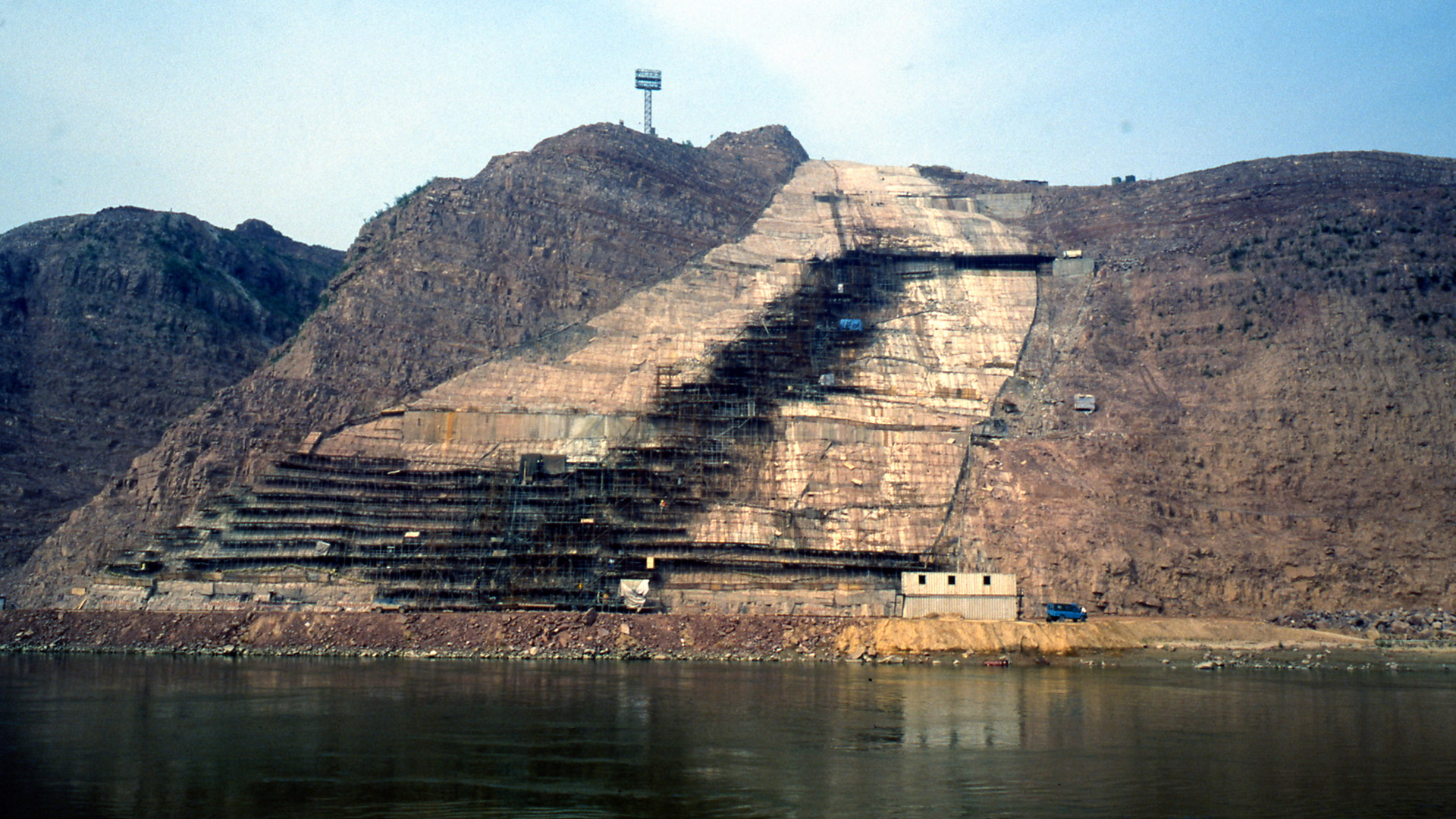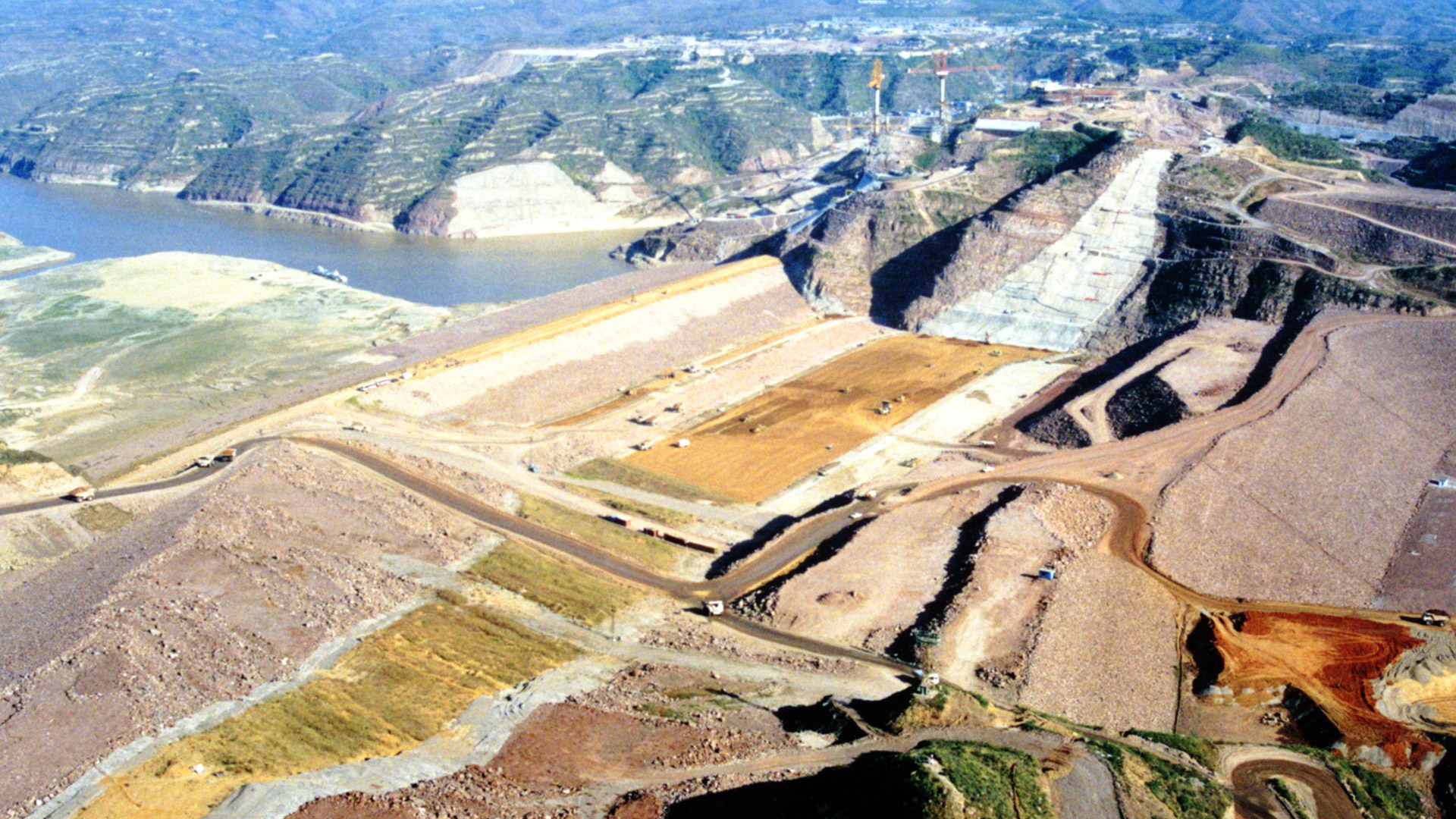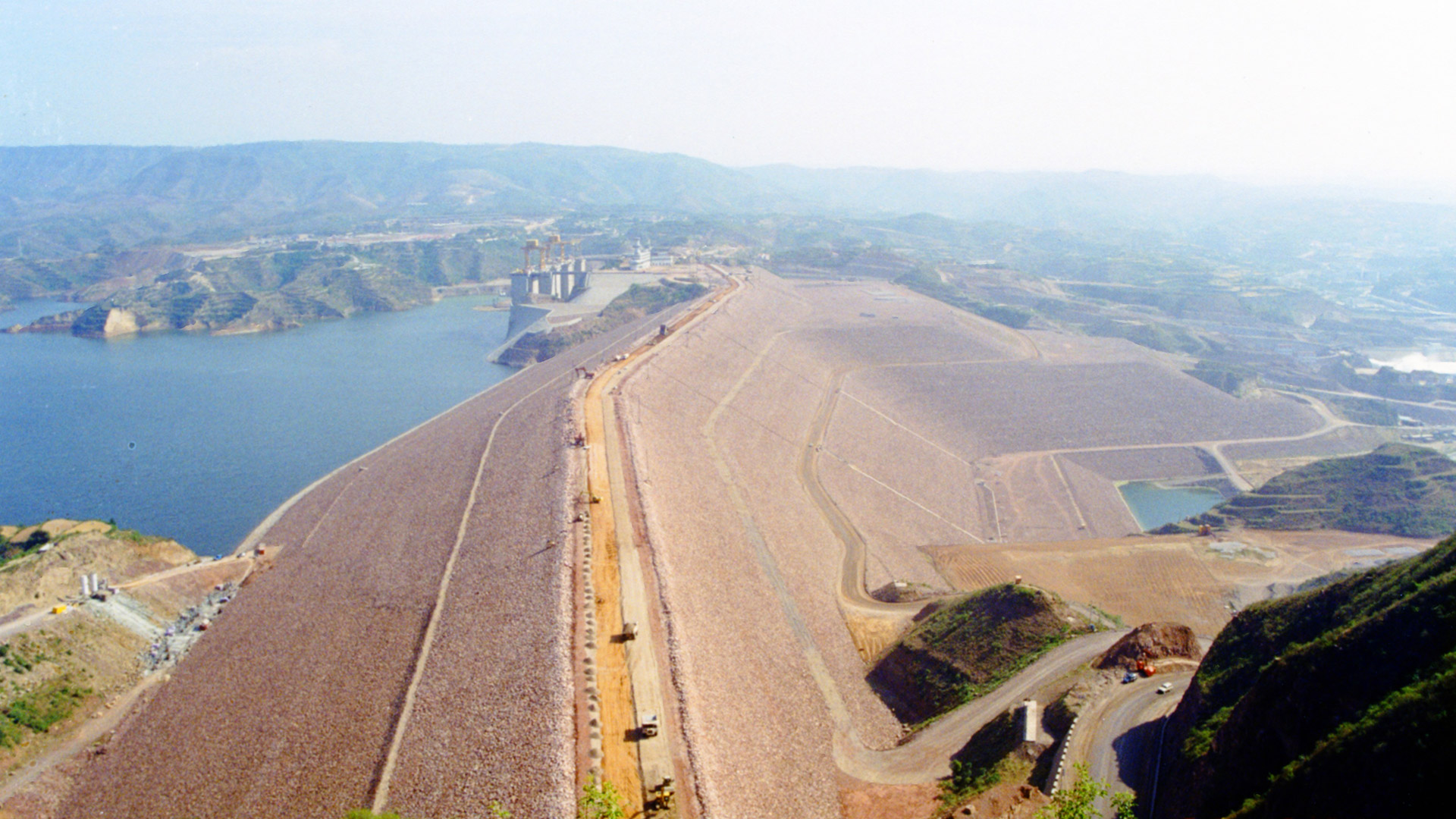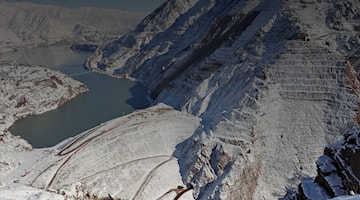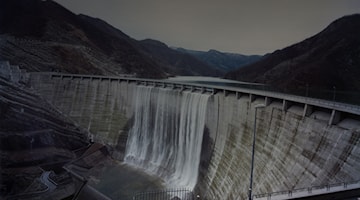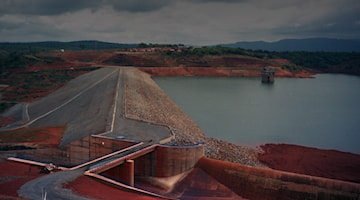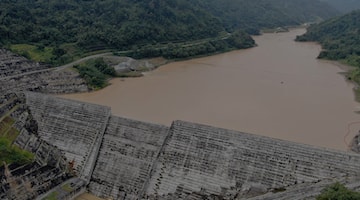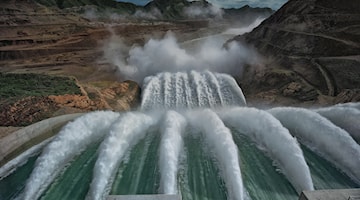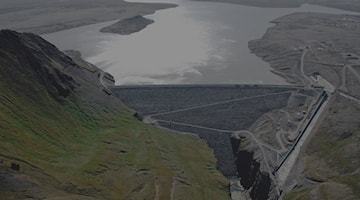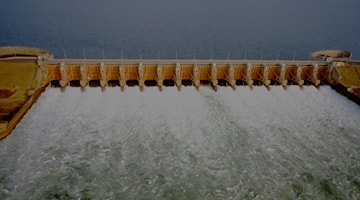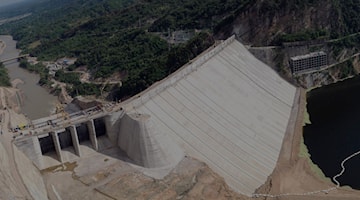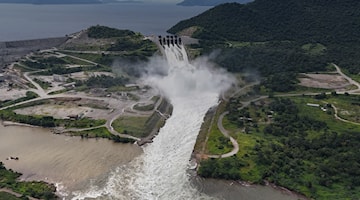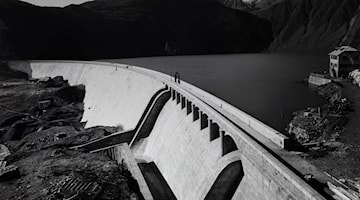A magnificent river (that’s no longer dangerous)
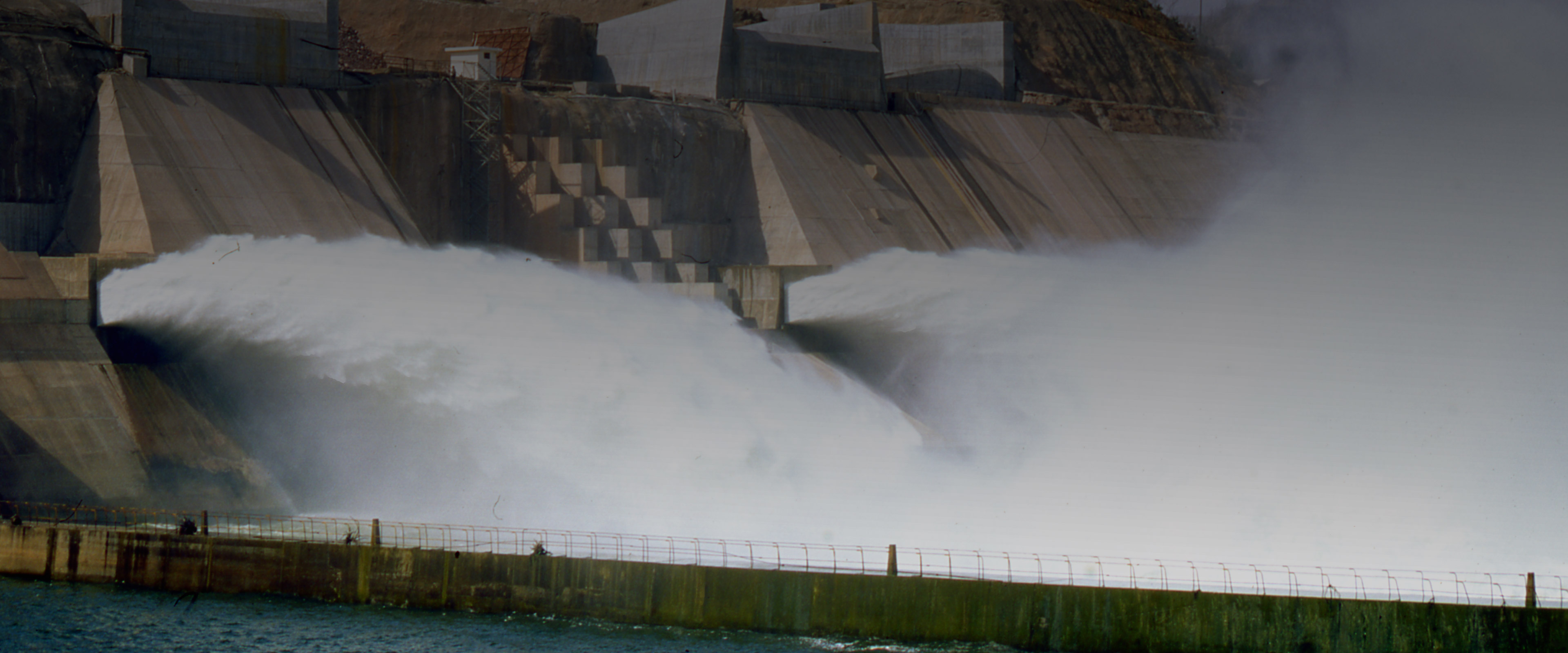
XIAOLANGDI DAM, CHINA
Known as the Huang He - which means ‘Yellow River’ in Chinese - this majestic watercourse is now home to one of the most magnificent clay-core rock dams in the world, at 154 metres high and 1,667 metres long, with a water flow of 50,600,000 cubic metres. It is nothing short of a masterpiece of hydraulic engineering, set in one of the most picturesque vantage points that the entire area has to offer. This is the Xiaolangdi Dam, 40km north of Luoyang, in the Henan Province, between the verdant gorges of a lush and vibrant area that has attracted many important historical figures over the centuries. Unsurprising, given that nearby Luoyang is one of China’s seven imperial cities, with a lengthy history spanning an amazing 13 dynasties. In addition to providing enough water for civil, agricultural, industrial and domestic use to meet the needs of a large swathe of the population, as well as generating 1,836 MW of energy, the dam also serves as a safety measure capable of preventing the formation of ice and disastrous flooding during the rainy season which, in 2010, resulted in over 4,300 people dead or missing across China.
The spectacular surges of water that gush into the Xiaolangdi Dam make it a tourist attraction for many people - but it is far from the only one. Indeed, during the same season, when the waters of the Yellow River pour into the intensely blue Bohai Sea - yet without the two mixing - they create an equally mesmerising juxtaposition of colours.

THE WORK AND THE TECNIQUE
TYPE: ROCKFILL
M LENGTH
M HEIGHT
M3 VOLUME
KM3 RESERVOIR
M3 EXCAVATION VOLUME
Ministry of Water Resources - Yellow River Water and Hydroelectric Power Development
Joint Venture with Yellow River Contractors, led by Salini Impregilo, now part of the Webuild Group
The Xiaolangdi multipurpose dam was designed to be one of the largest clay-core rock dams ever built in the world.

CULTURAL INSIGHTS


Xiaolangdi multipurpose dam project

China and hydropower
In China, climate change has led to the number of dry days experienced by the Yellow River increasing by more than 2000% between 1988 and 1997, with an average of 230 days per year. This has placed the agricultural activities of the surrounding province at risk: the third-largest province by population with 99.37 million inhabitants, 51.6% of the 22.3 billion cubic metres of water it consumes annually is for agricultural use.
As such, the contribution of the Xiaolangdi Dam has proven crucial to ensuring the continuity of agricultural activities in the area, especially in a country where self-sufficient food production is an issue of fundamental importance, given that it must provide for the needs of over 1.4 billion people. The dam also makes a significant contribution to energy production in Henan Province, where 45.2% of energy is generated by renewable sources. Nationally speaking, however, whilst fossil fuels remain the country’s primary energy source (at 86% of its energy production), hydropower represents the most important renewable source - accounting for 58% - followed by wind and solar power. The centrality of hydropower is slightly higher in the context of electricity production, as hydroelectric power stations account for 15.6% of all production sources.





